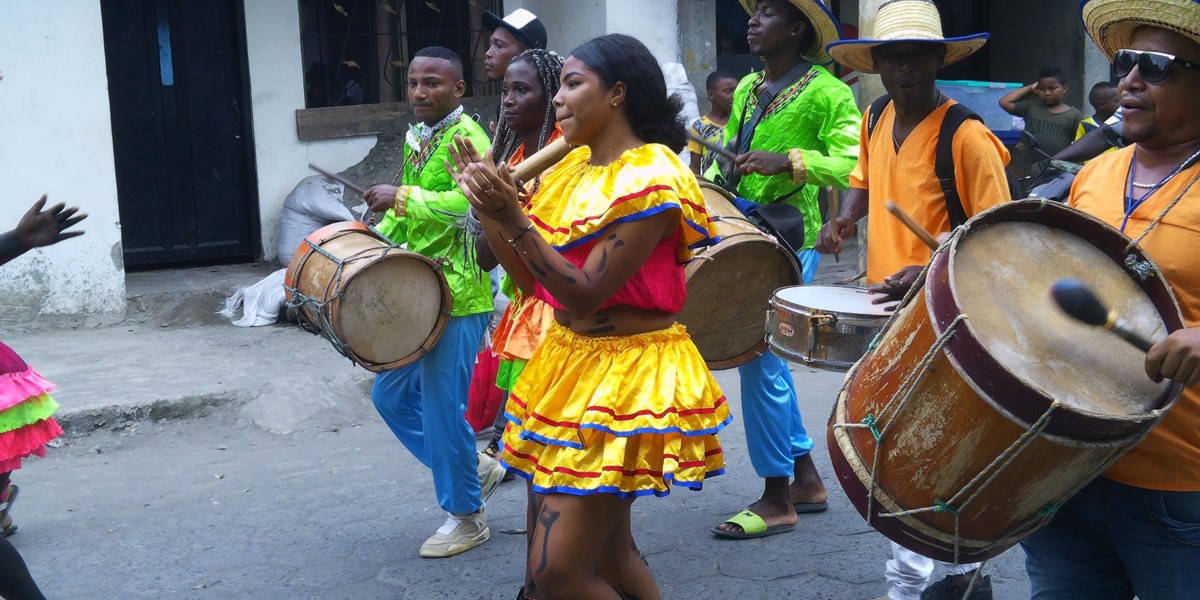Wednesday, September 21, 2022
Festival Pass: Festival de la Marimba
By Jenna Mackle
Jenna Mackle visits Tumaco on Colombia’s Pacific Coast, where a small festival is highlighting the traditions of the region’s Black and Indigenous communities

Festival de la Marimba (photo: Bryam Ruiz)

Register now to continue reading

Thanks for visiting the Songlines website, your guide to an extraordinary world of music and culture. Sign up for a free account now to enjoy:
- Free access to 2 subscriber-only articles and album reviews every month
- Unlimited access to our news and awards pages
- Our regular email newsletters

